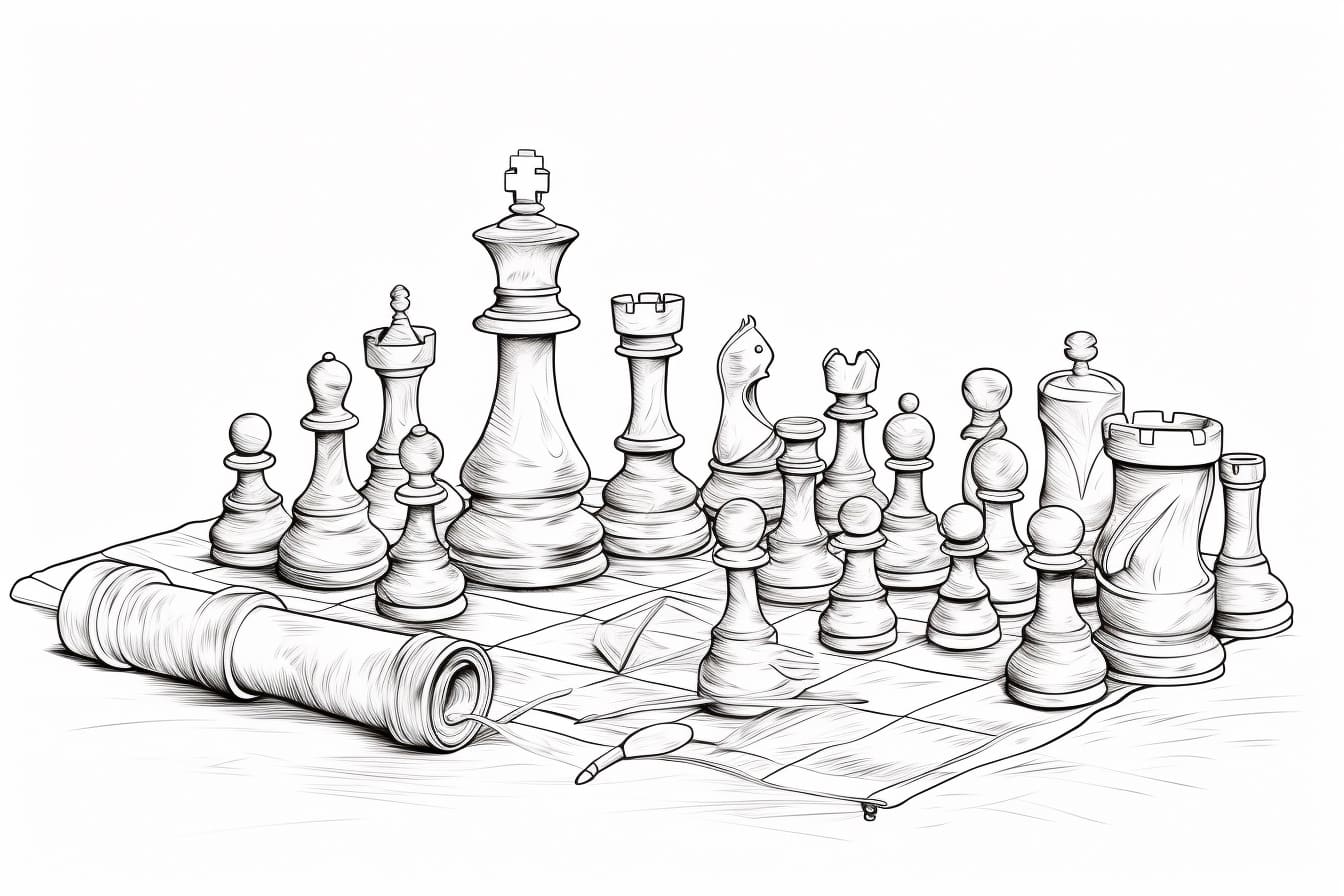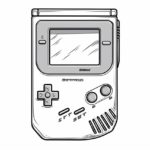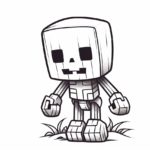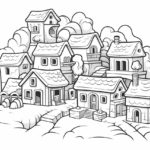Welcome to this step-by-step guide on how to draw a board game! Whether you’re a seasoned artist or a beginner, creating your own board game can be a fun and rewarding experience. Not only can you design a game that caters to your interests and preferences, but you can also engage others in hours of entertainment. In this article, I will walk you through the process of creating your own board game, from brainstorming ideas to bringing your artwork to life.
Materials Required
Before we dive into the steps, let’s gather the materials you’ll need to draw your board game:
- A large sheet of paper or poster board
- Pencils, erasers, and sharpeners
- Fine-tipped markers or colored pencils
- Rulers and a protractor (optional but helpful)
- Stencils or templates (optional)
- Dice or game pieces (for testing purposes)
Now that you have everything you need, let’s get started on designing your unique board game!
Step 1: Brainstorm Game Ideas
The first step in creating a board game is brainstorming game ideas. Think about what type of game you want to create – a strategy game, a trivia game, or even a cooperative game. Consider your interests and the interests of your potential players. Once you have a few ideas in mind, choose one that stands out to you the most.
Step 2: Plan Your Game Mechanics
Once you’ve settled on a game idea, it’s time to plan the mechanics of your game. This involves determining the objective of the game, the rules, and how players will progress through the game. Consider elements such as the number of players, how they move around the board, what actions they can take, and win conditions. You can sketch out a rough outline or write bullet points to organize your thoughts.
Step 3: Create a Rough Draft
Now it’s time to put your ideas onto paper! Begin by drawing a rough outline of your game board. Decide on the size and shape of your board and use your ruler to create straight lines. Don’t worry about adding intricate details at this stage – focus on getting the overall structure of the board down.
Step 4: Add Spaces and Pathways
Next, add spaces and pathways to your board. These spaces can represent various actions or events that occur during the game. For example, you might have spaces for drawing cards, landing on bonuses, or encountering obstacles. Use your creativity to come up with unique ideas for the different spaces on your game board. Consider using different shapes or colors to distinguish between spaces.
Step 5: Design Game Pieces
Now that your board is taking shape, it’s time to design your game pieces. These can be simple tokens or more elaborate figures, depending on the theme of your game. Draw the game pieces on separate paper or cardstock, cut them out, and attach them to small cardboard squares or use existing game pieces if available.
Step 6: Add Art and Decorations
This step is where the fun really begins – adding art and decorations to your board! Use your pencils, markers, or colored pencils to bring your game board to life. Think about the overall theme of your game and incorporate it into your artwork. Create visually appealing backgrounds, add illustrations or symbols to represent different elements of the game, and make sure your artwork aligns with the mood you want to create.
Step 7: Test and Refine
Now that you have a complete board game, it’s time to test it out! Gather some friends or family members and play through your game. As you play, take note of any inconsistencies, confusing rules, or areas that need improvement. This feedback will help you refine your game and make it more enjoyable for future players. Consider making tweaks to the rules, adjusting the layout of the board, or adding additional components to enhance the gameplay experience.
Conclusion
Congratulations on creating your very own board game! From brainstorming game ideas to designing the artwork, you’ve followed the step-by-step process to bring your creation to life. Drawing a board game allows you to express your creativity, engage others in fun activities, and showcase your artistic talents. So gather your materials, let your imagination run wild, and start drawing your unique board game today!









